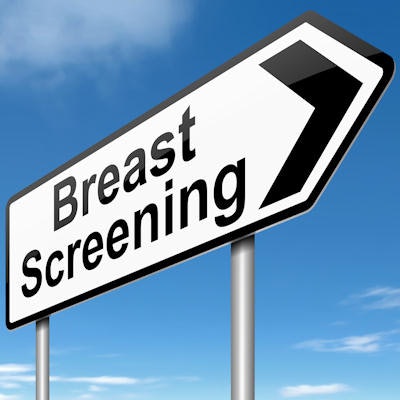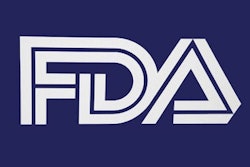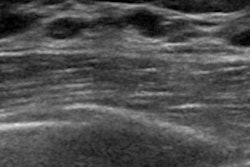
Dense breast reporting laws increase women's awareness of their breast density and prompt conversations between them and their healthcare providers about supplemental screening, according to a study published online October 1 in the Journal of the American College of Radiology.
The study addresses concerns that breast density legislation isn't helpful and may lead to increased healthcare costs and overdiagnosis. In fact, density laws often prompt women to consider supplemental screening such as breast ultrasound, wrote a team led by Nancy Cappello, PhD, founder of the advocacy group Are You Dense in Woodbury, CT.
"These laws, which have been hailed by patient advocates, have not been met with equal enthusiasm among other stakeholders," the group wrote. "The language dictated by state-level reporting laws has been criticized for its readability levels ... potential for additional costs and overdiagnosis, physician unpreparedness, and patient and provider confusion."
Yet Cappello's team found that women in states with dense breast reporting laws are more informed about the association between density and breast cancer risk and their own density type.
"State density reporting legislation is significantly associated with higher rates of conversations between women with dense breasts and their providers regarding their dense breasts," the team wrote. "Moreover, women from states with density reporting laws were significantly more likely to report that they discussed supplemental screening options."
Connecticut was the first state to enact a density reporting law, in 2009; now 34 more states have followed suit. To measure the effect of these laws from the patient perspective, Are You Dense in February 2018 commissioned Spectrum Associates Market Research of Wallingford, CT, to conduct a survey. The survey included 1,500 women ages 40 to 74 from all 50 U.S. states who had undergone mammography screening within two years.
The survey explored women's knowledge of breast density, their interest in being directly notified of their breast density, and their understanding of the implications of dense tissue for breast cancer risk and screening. It also explored the impact of state density reporting laws on their awareness of breast density, as well as their level of engagement with healthcare providers regarding supplemental screening.
Cappello and colleagues found that density notification laws were effective in increasing women's understanding of breast tissue density as a cancer risk factor. The team also found the following:
- Women from states with density reporting laws were more likely to report that their provider talked to them about supplemental screening (67%), compared with women from states without such laws (53%).
- Up to 90% of survey participants said it was important to know their breast density type; a conversation with a clinician was the most common method through which women were informed of their density.
- Women in states with density notification laws were significantly more likely to know their breast density type than those in states without such laws.
If the goal is to inform women about breast density so that cancer can be identified as early as possible, then these laws are working, according to the researchers.
"[Our] findings suggest that state density reporting laws are associated with increased awareness regarding density risks," they concluded.




















